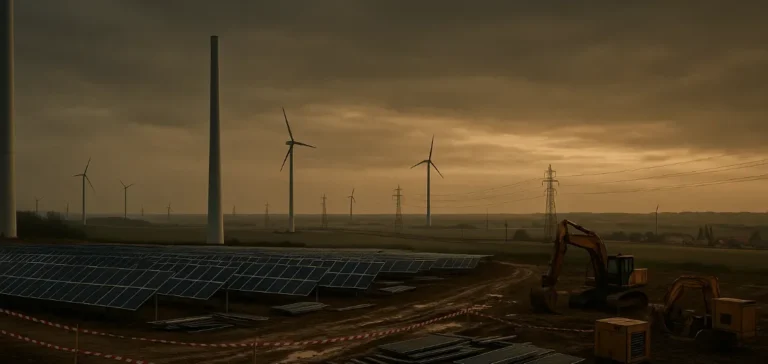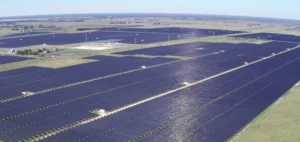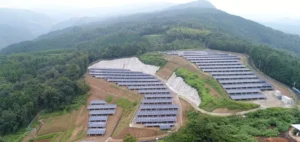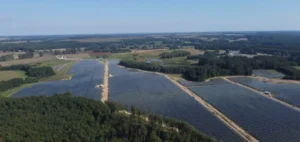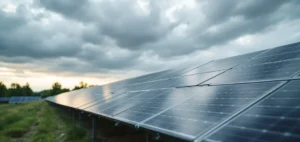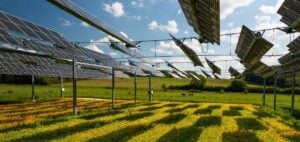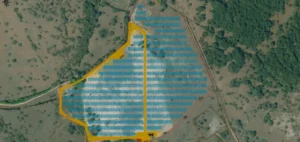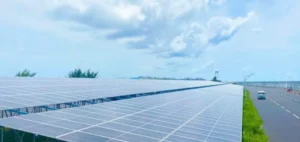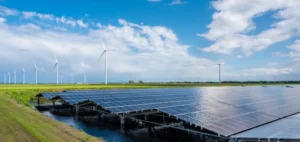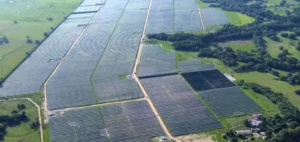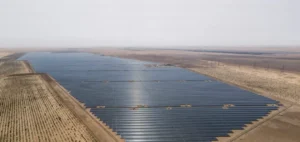The global solar tracker market, systems allowing photovoltaic panels to follow the sun’s trajectory to optimise their efficiency, shows solid growth forecasts for the period 2023-2030, according to a report published by The Research Insights on June 19.
Utility-scale projects, main drivers of demand
The report forecasts that the market will reach a total value of $29.31bn by 2030, up from an estimated $5.75bn in 2023, with a compound annual growth rate (CAGR) of 26.2%. High demand primarily originates from the utility sector, accounting for more than 85.56% of the market. Rising conventional electricity prices and growing interest in renewable energies explain this enthusiasm for photovoltaic solutions with integrated trackers.
Photovoltaic (PV) technology, which generated approximately 91.52% of the sector’s revenues in 2022, remains the dominant technological segment due to its integration capabilities with existing photovoltaic modules. Dual-axis trackers, capable of adjusting panels horizontally and vertically, alone accounted for a market share of 50.83%.
Technological innovations and cost reductions
The study also highlights that the market expansion is supported by major technical progress. Modern solar trackers now incorporate advanced sensors, machine learning, and real-time data analytics to improve solar tracking accuracy while reducing losses due to adverse weather conditions or panel fouling.
This technological evolution goes hand-in-hand with a significant drop in production costs, linked to economies of scale and manufacturing advances. These cost reductions make the technology accessible for medium-sized projects, thus broadening their adoption beyond just large-scale plants.
Government support and regional growth
The expansion of large-scale photovoltaic projects also benefits from supportive public policies, notably in North America, Europe, and Asia-Pacific. In the United States, for example, the Inflation Reduction Act (IRA) introduces extended tax credits to stimulate the development of renewable technologies such as solar trackers.
The report notes that North America is expected to retain a dominant position in the international market until 2030. Emerging markets such as India, Brazil, and South Africa are also accelerating their photovoltaic projects, often through tender processes and Power Purchase Agreements (PPAs).
The general market trend indicates increasing adoption of solar tracker-integrated solutions, aimed at optimising solar resource exploitation within the context of global energy diversification.


